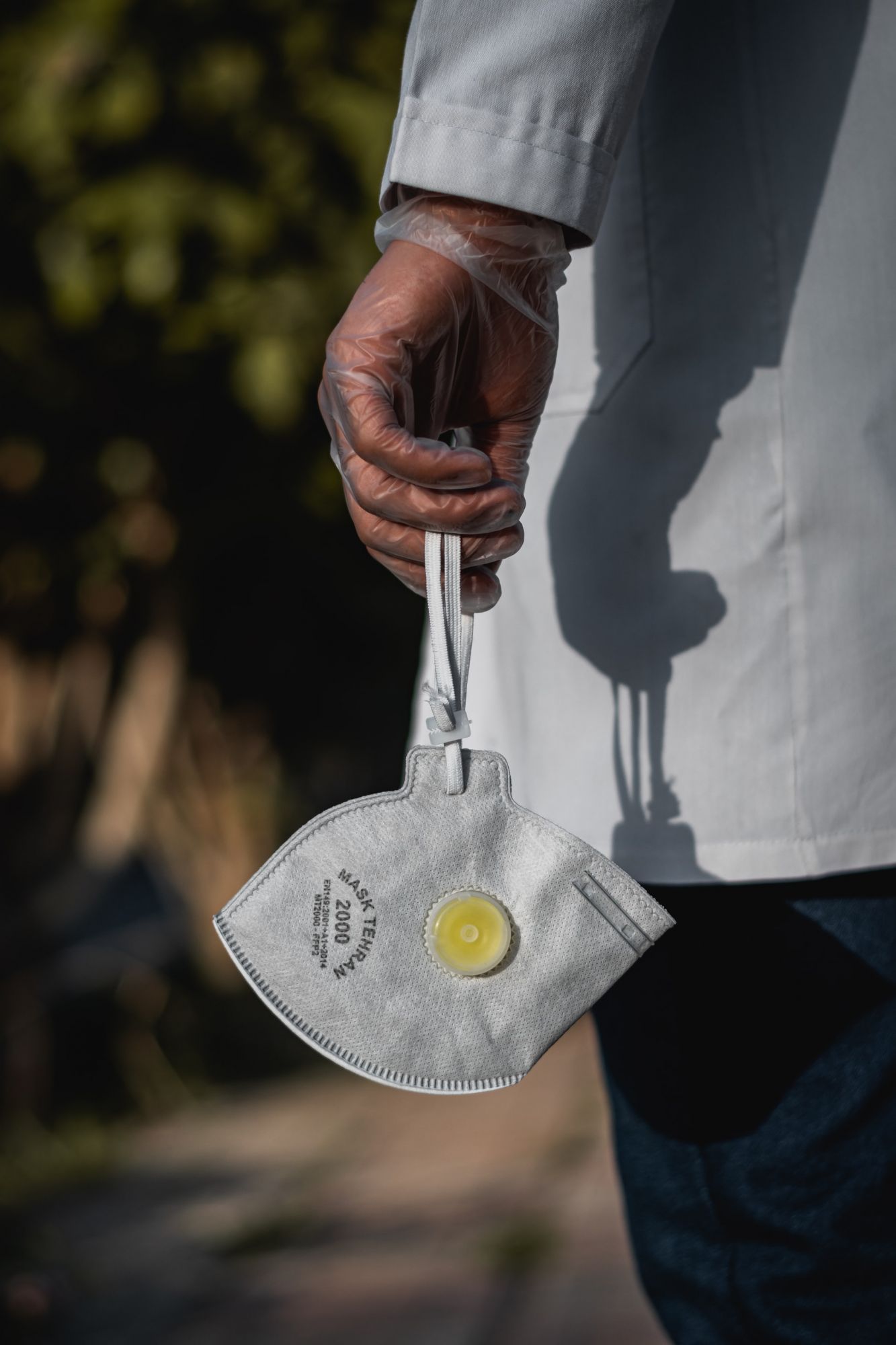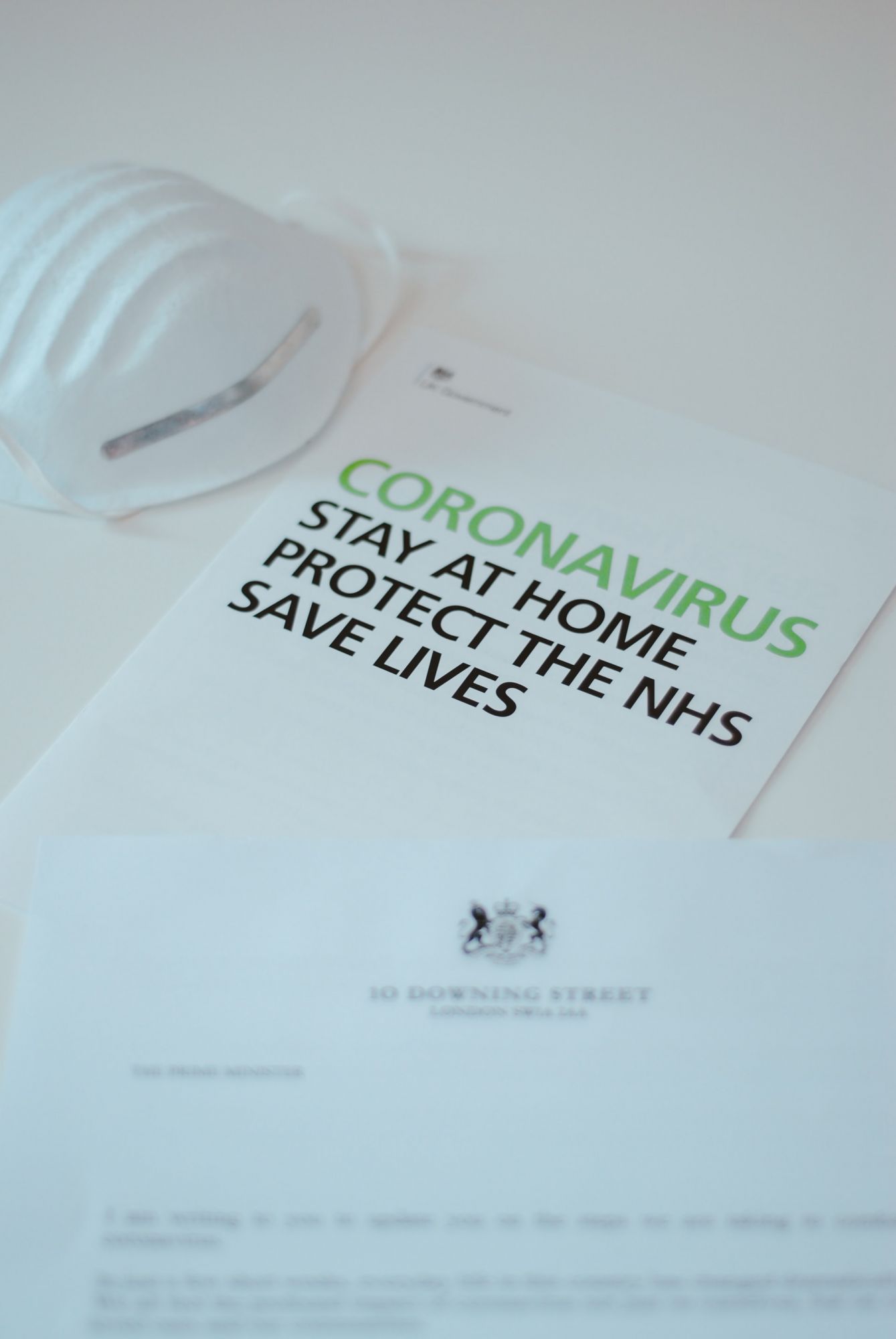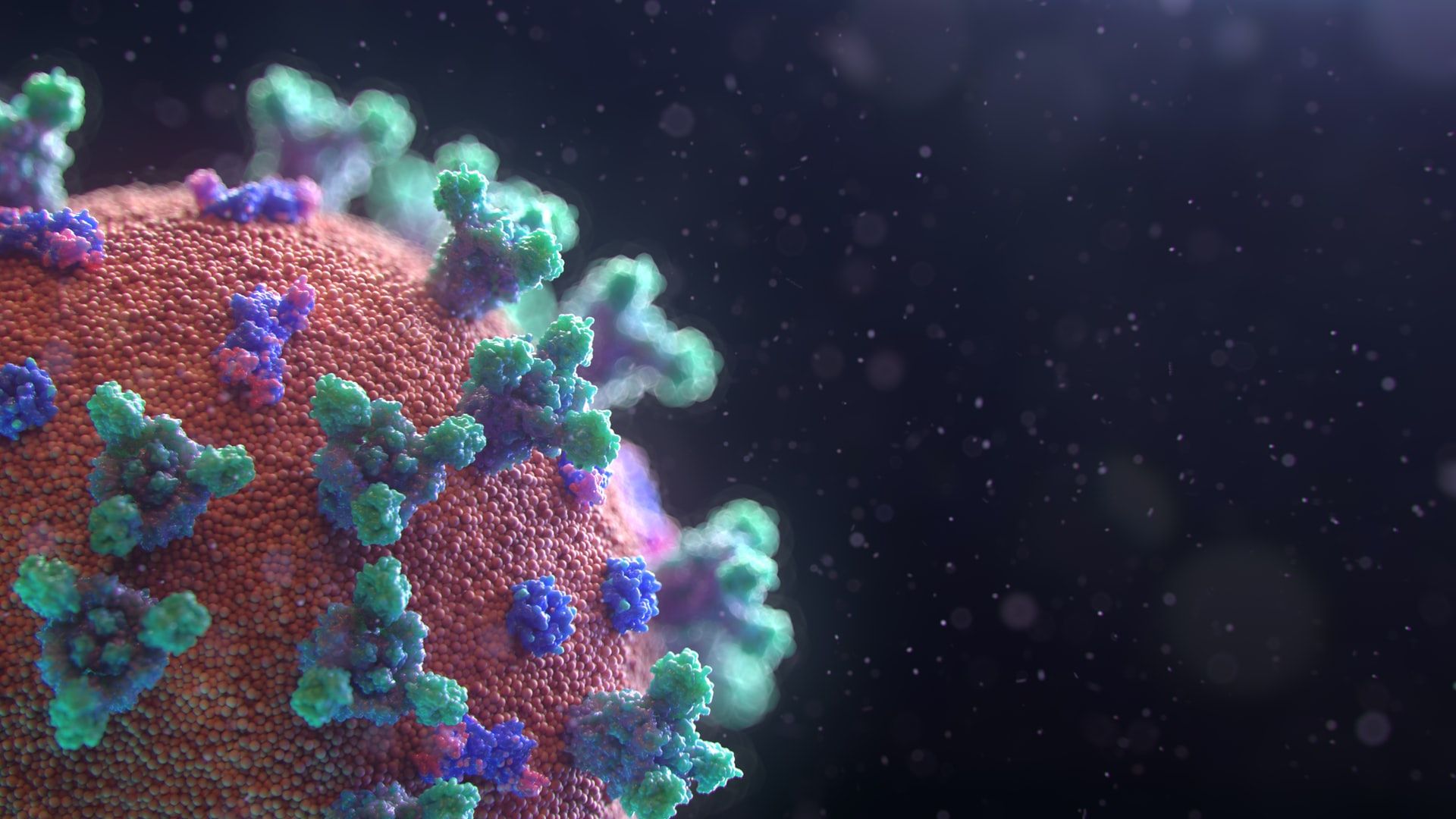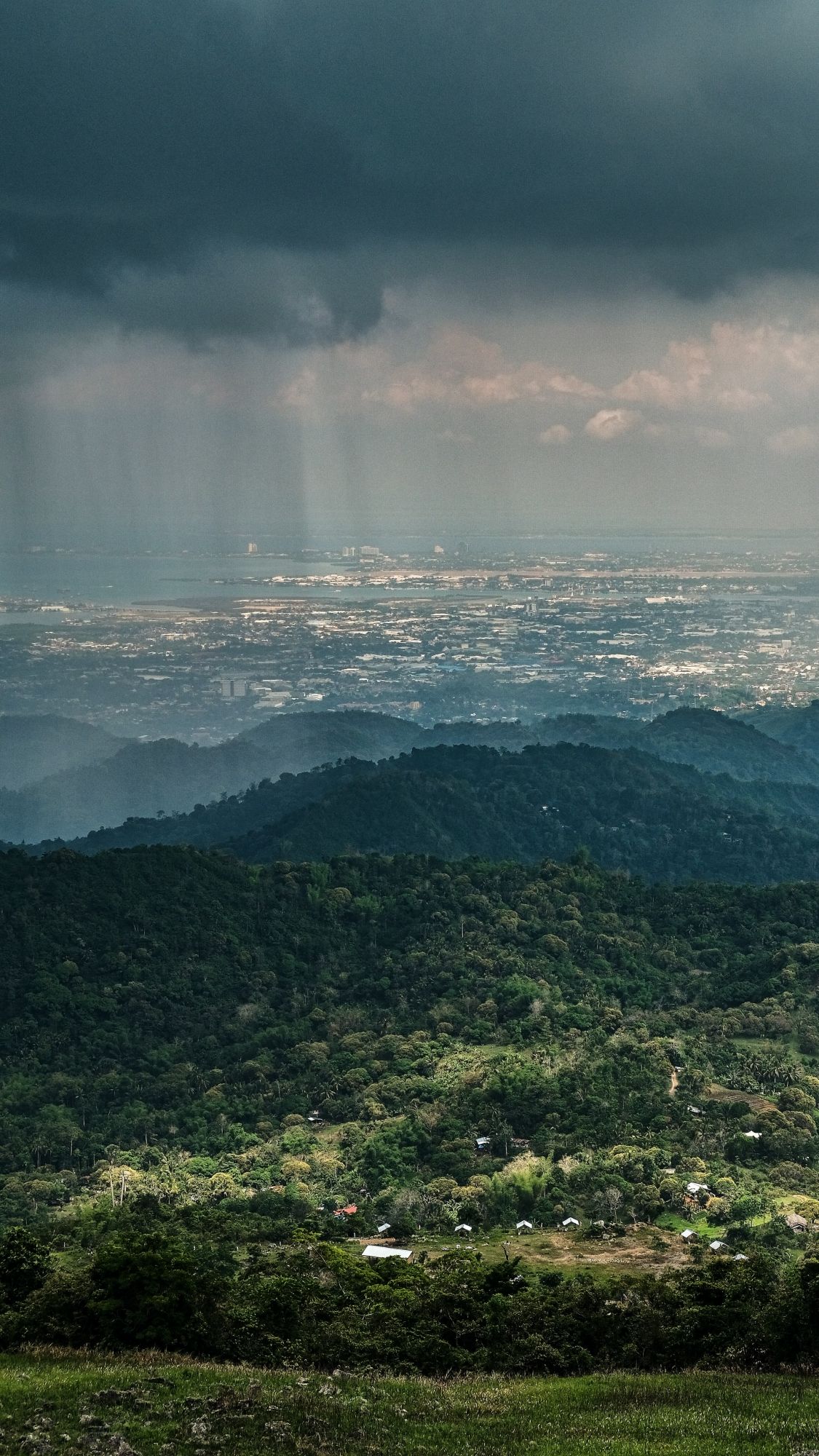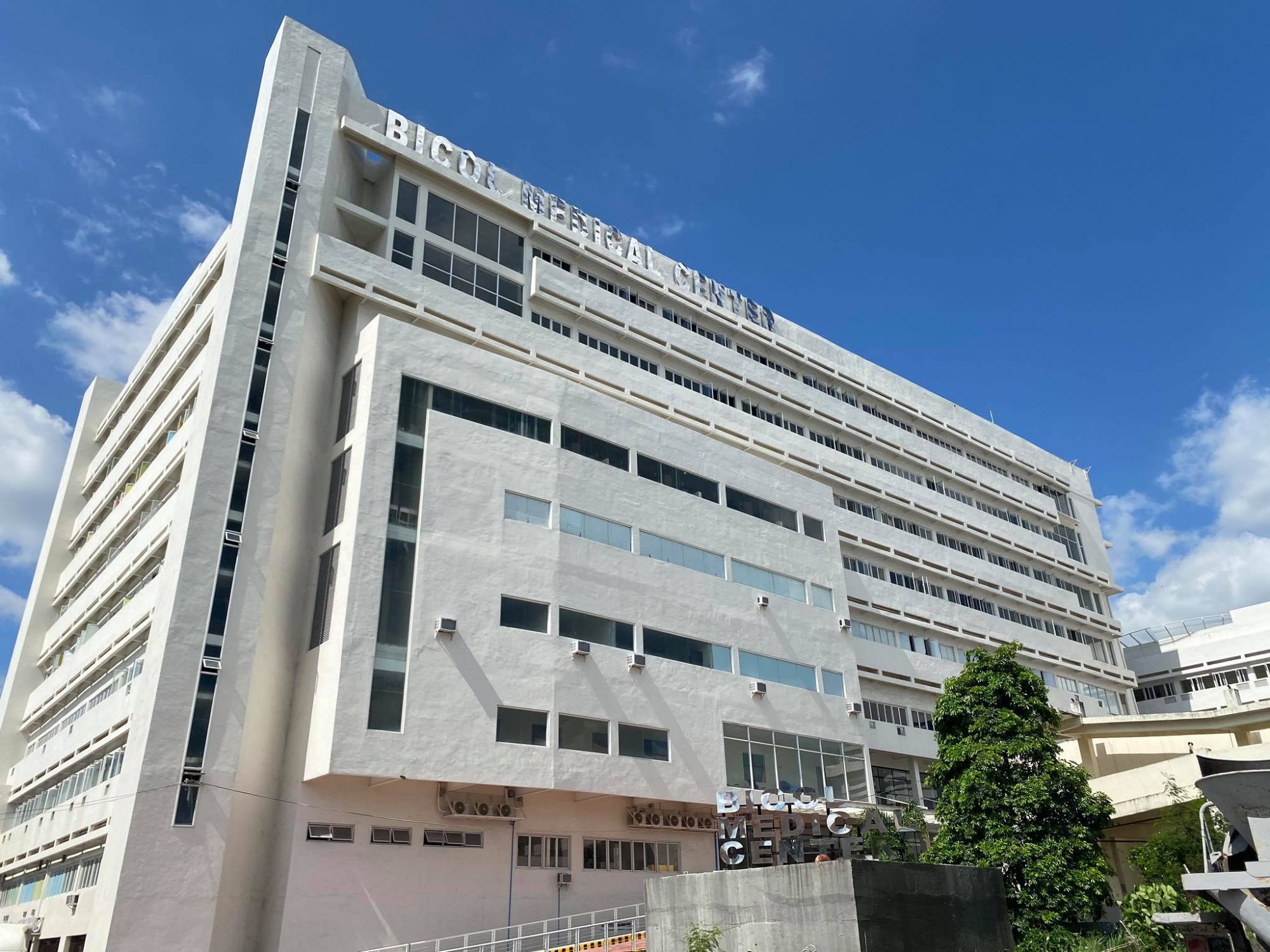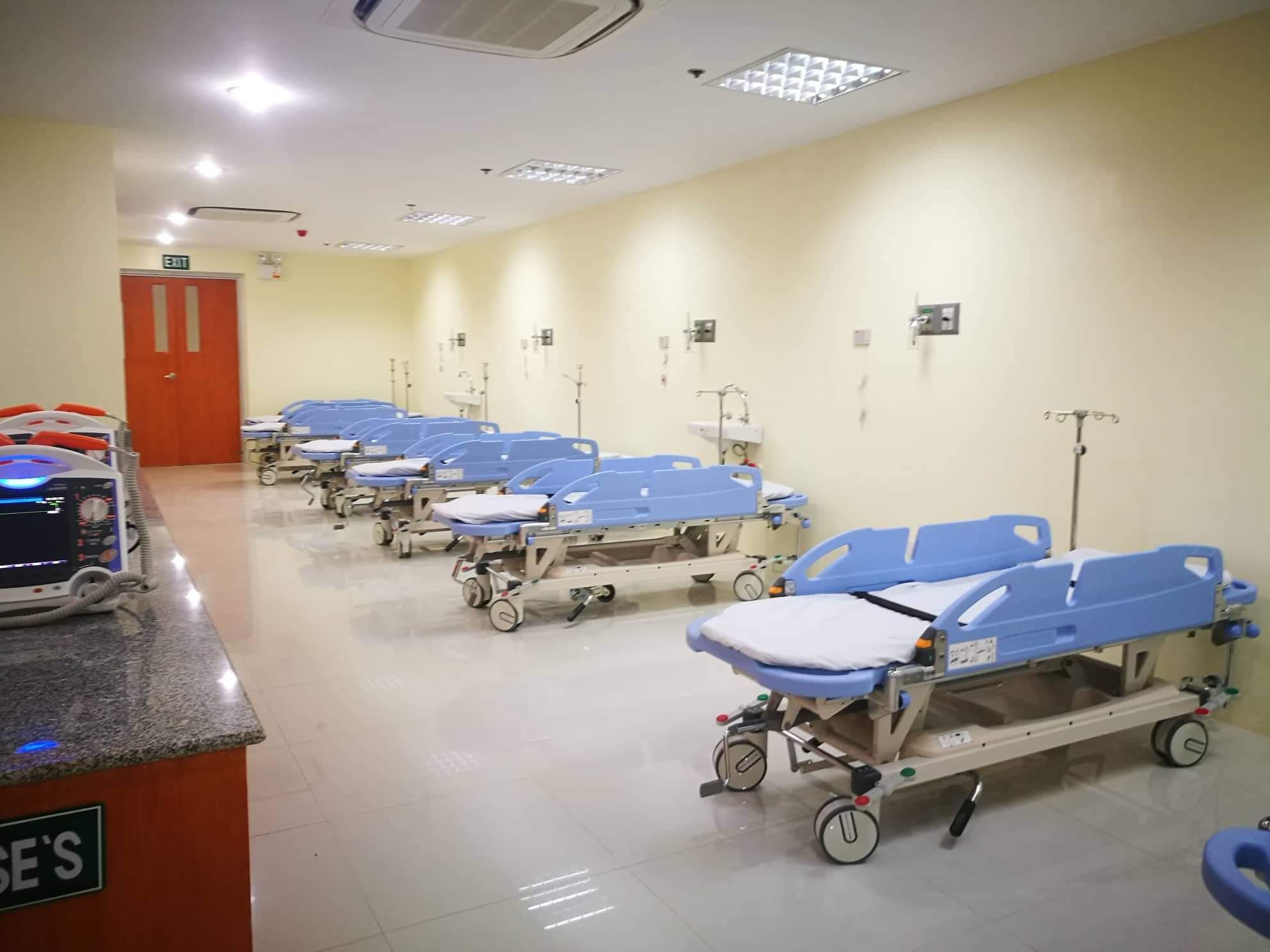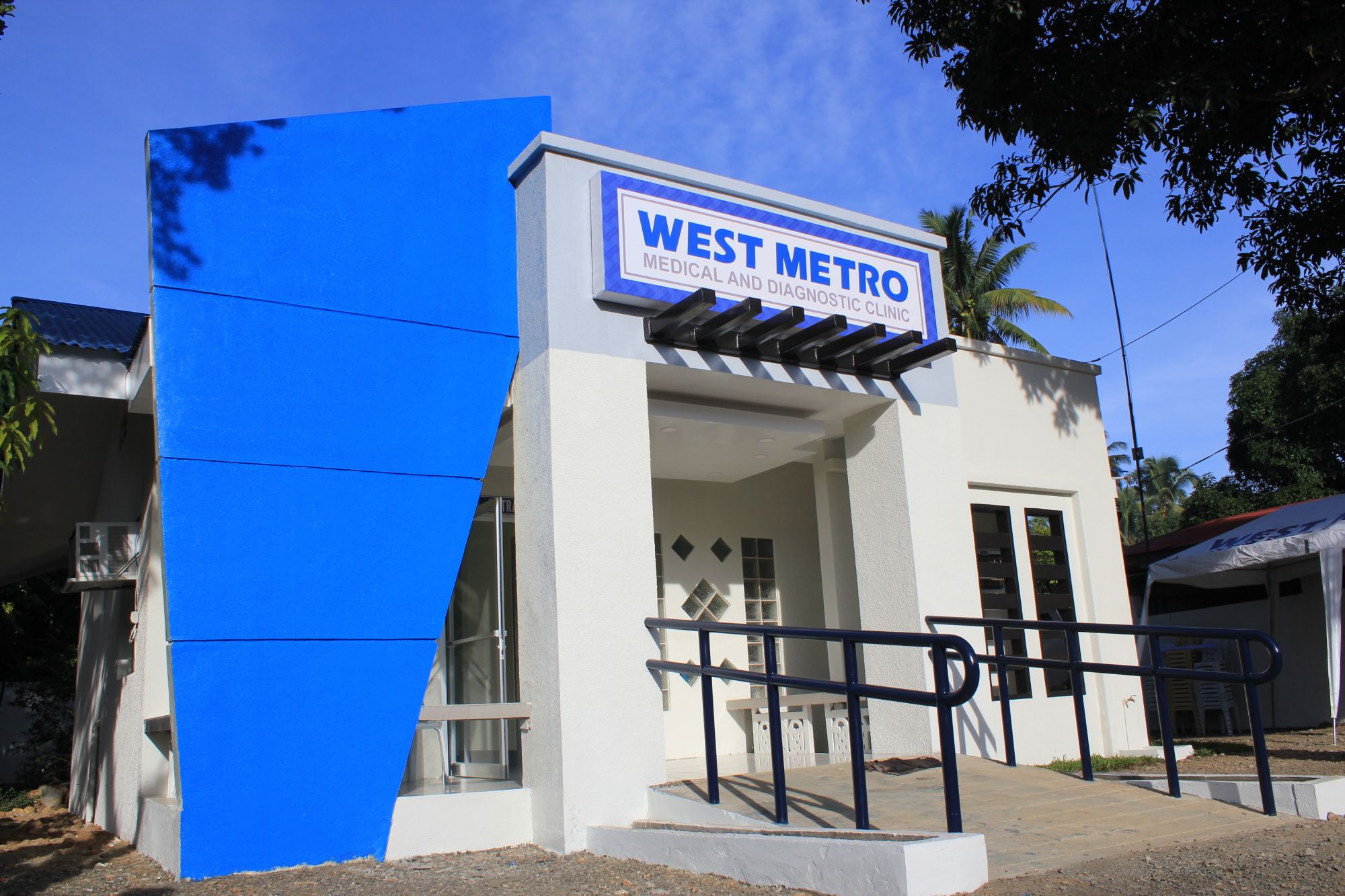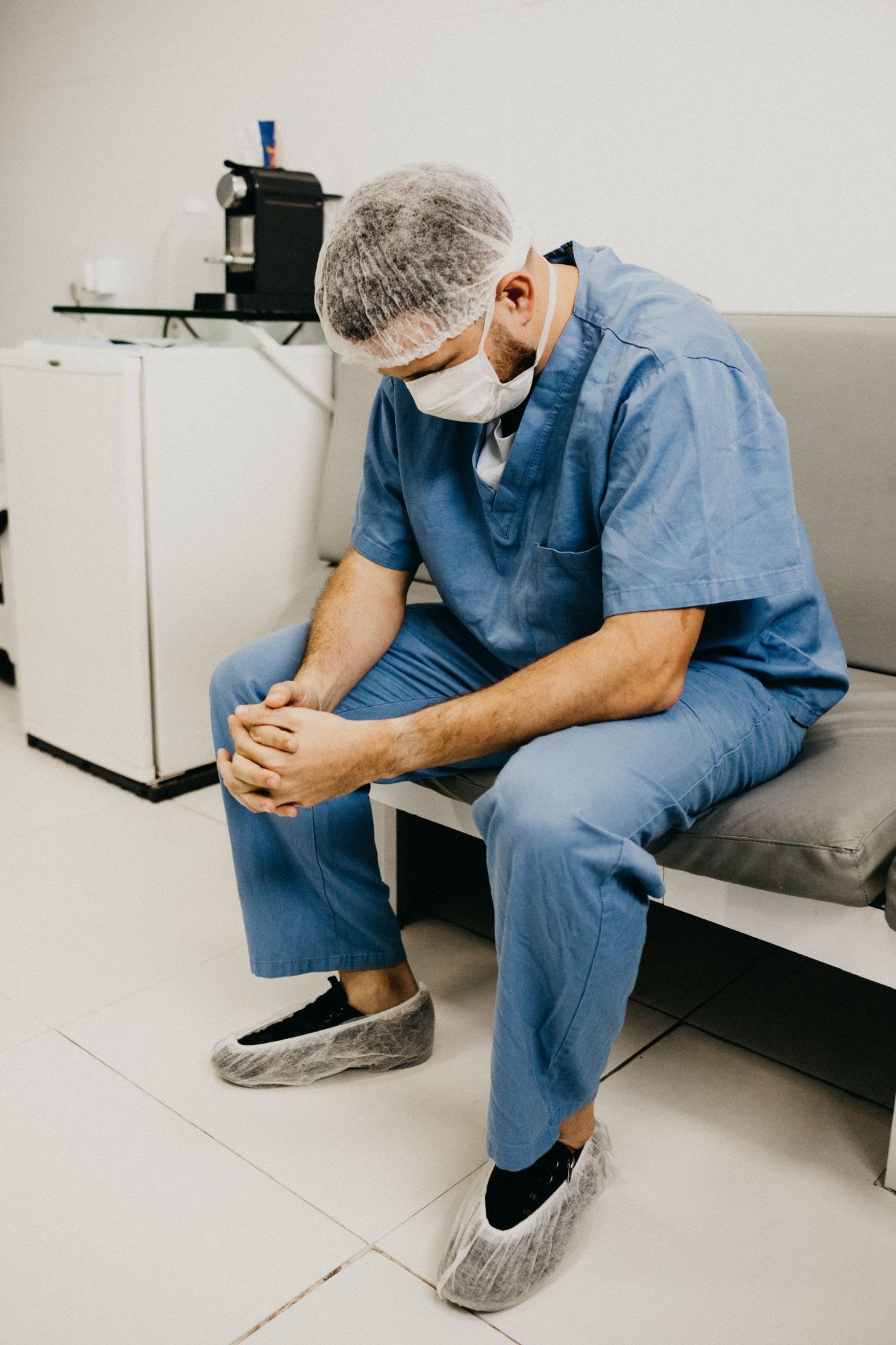How is the rest of the nation coping?
As of writing, the Department of Health states that the total number of COVID-19 cases in the Philippines is now at 6,710, with roughly half of the cases from outside Metro Manila.
Every day at 4PM, I eagerly check the Department of Health bulletin… dozens of new cases daily. Lately, it seems as if mornings roll into nights almost seamlessly, with only digital devices keeping me at bay. Life is at a halt for here and the rest of the world and we are all in a waiting game—waiting for what’s next, how to rebuild, and how a new tomorrow may arise. Each day is a new normal created by the push and pull of tragedy, resilience, and hope. And none are more resilient than our health workers who literally stand in between life and death for those afflicted with COVID-19.
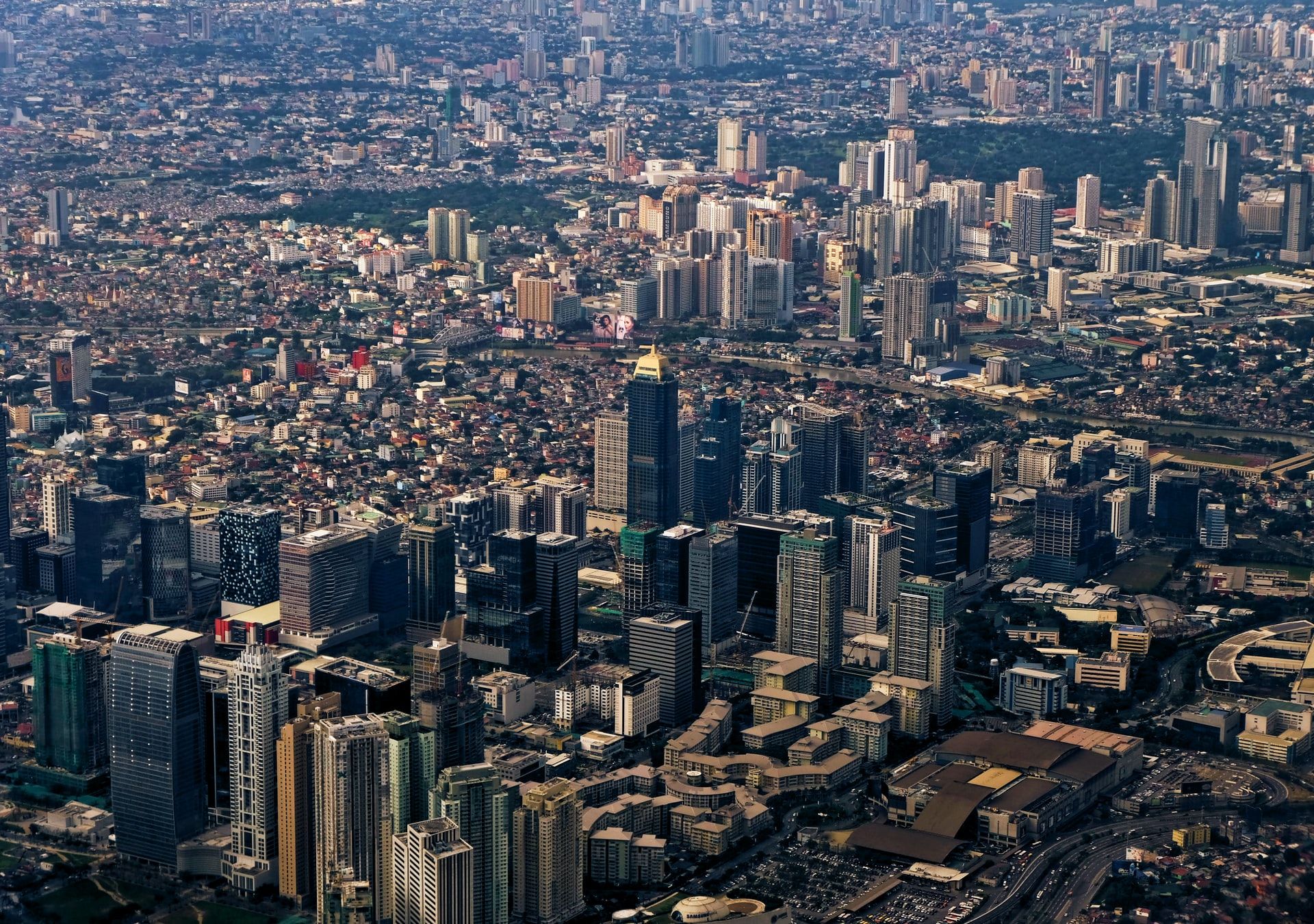
I talk to doctors from Pampanga, Bicol, Cebu, Zamboanga, and Sulu to get a grasp of the situation outside Metro Manila’s military-clad borders. Although the nation’s capital region shares roughly half of the confirmed cases, the fight against this disease is nonetheless trying outside its boundaries. I began to wonder, how is the rest of the nation coping?

